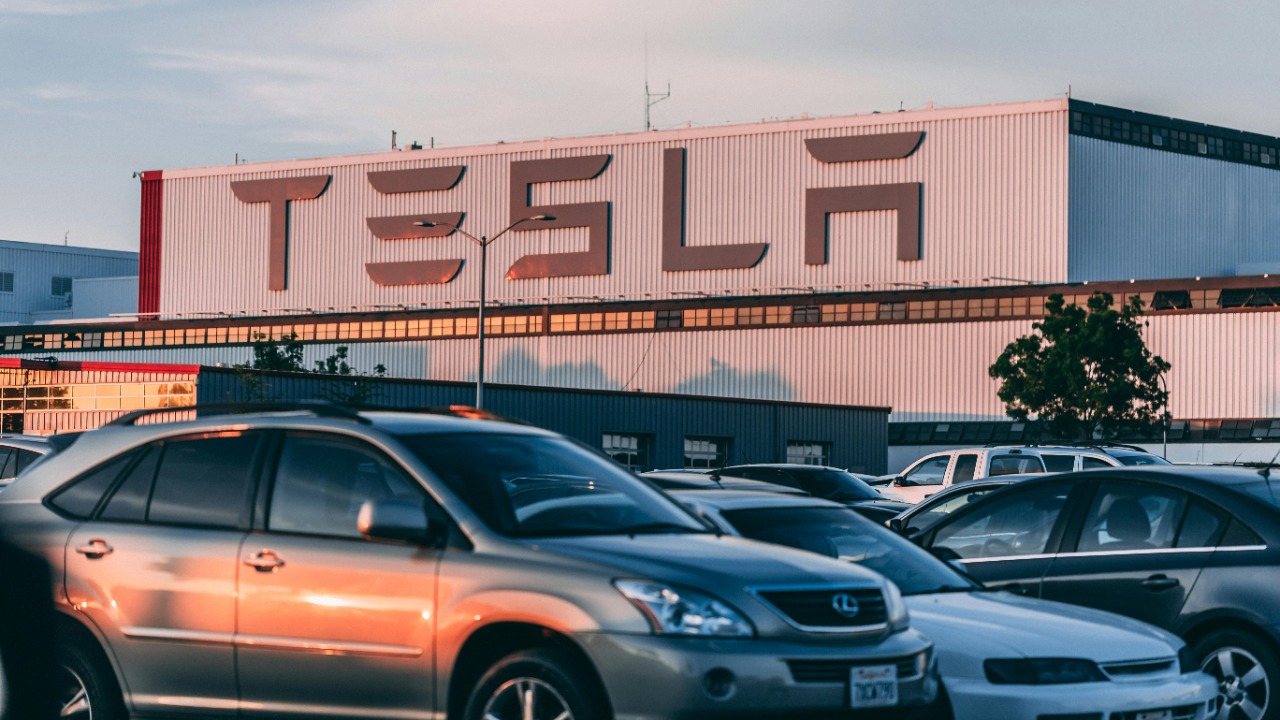
Tesla is once again making waves in the tech world with the tease of its next-generation AI5 chip, the 8th generation of AI hardware. This new chip is being touted by Elon Musk as a revolutionary step forward in self-driving capabilities. However, it’s important to remember that Tesla’s journey towards full autonomy has been marked by both progress and unfulfilled promises, and the AI5 chip represents the latest chapter in this ongoing saga.
Tesla’s Evolution of AI Chips
Looking back, Tesla’s journey towards autonomous driving has been a series of incremental steps, each marked by the release of a new generation of AI chips. The 3rd generation chips, for instance, were expected to deliver full self-driving capabilities. However, despite significant advancements, the promise of full autonomy remains unfulfilled.
Now, the 8th generation AI chip, dubbed AI5, is being hyped by Musk as a game-changer. The November 2025 announcement of this chip marks a significant escalation in Tesla’s hardware roadmap, promising to push the boundaries of what’s currently possible in self-driving technology.
Details on the AI5 Chip
The AI5 chip is being positioned as a significant upgrade over previous generations. It’s designed to handle more complex AI processing tasks, which are crucial for achieving true autonomy. While specific performance claims have yet to be fully detailed, the focus is clearly on enhancing the chip’s self-driving capabilities.
According to Musk, the AI5 chip will revolutionize self-driving by enabling the vehicle to make more accurate real-time decisions. This could potentially lead to breakthroughs in handling edge cases, which are unusual or unpredictable scenarios that can occur during autonomous driving.
Elon Musk’s Role in the Announcements
Elon Musk has been at the forefront of these announcements, personally hyping the 8th gen AI chip during the November 2025 events. His statements about the AI5 chip’s potential impact on self-driving have been optimistic, to say the least.
However, it’s worth noting that Musk has a history of making bold predictions about Tesla’s hardware advancements. While his enthusiasm is infectious, it’s important to balance this with the reality that previous promises, such as full self-driving with the 3rd gen chips, have yet to be fully realized.
Implications for Self-Driving Technology
The introduction of next-generation chips like the AI5 could have far-reaching implications for Tesla’s Full Self-Driving software. By improving AI inference and real-time decision-making, these chips could potentially enhance the software’s capabilities and bring us closer to the goal of full autonomy.
Furthermore, the AI5 chip could potentially lead to breakthroughs in handling edge cases, which are one of the biggest challenges in autonomous driving. This could have a ripple effect on the broader industry, pushing other EV makers to step up their game in AI-driven features.
Challenges and Unresolved Promises
Despite the hype around the 8th gen AI chip, it’s important to remember that Tesla still has a long way to go in delivering on its self-driving promises. As of November 2025, the company has yet to achieve full self-driving with its 3rd gen hardware. This gap between promise and delivery serves as a reminder of the challenges that lie ahead.
These challenges are not just technical in nature. Regulatory hurdles also need to be overcome before we can see widespread adoption of self-driving cars. Additionally, there’s a degree of skepticism in the industry about the timelines for achieving full self-driving capabilities, which Tesla will need to address.
Integration with Future Tesla Vehicles
The AI5 chip’s potential for revolutionizing self-driving is not just about the technology itself, but also about how it will be integrated into future Tesla vehicles. For instance, the next-gen Roadster, which was teased in July 2025, could potentially benefit from the advanced capabilities of the AI5 chip.
However, it’s important to temper expectations. While the AI5 chip represents a significant step forward, its integration into new vehicles will likely be a gradual process. As with any new technology, there will be challenges to overcome and lessons to learn along the way.
More from MorningOverview